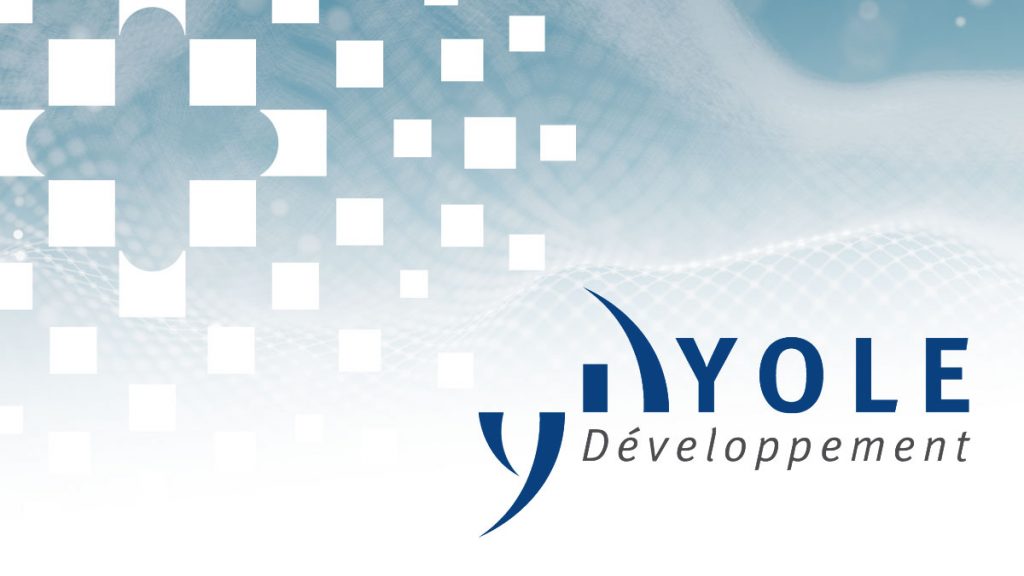OUTLINES:
-
Market status:
The total 2019 surveillance camera market exceeded US$20 billion.
Effects of the trade war and the coronavirus were minimal.
China: the surveillance camera market is exploding.
-
The processing market is very fragmented with many different players, particularly in China, and it will remain stable.
-
Regarding the computing market, a Sino-American duel has unfolded between HiSilicon and Ambarella.
-
Trade war: the computing market can be impacted. Indeed, HiSilicon is banned by American authorities.
-
Vision processors with AI capabilities are the future: Yole forecasts a US$ 2.7 billion revenue in 2025, representing more than half of total revenue from hardware for surveillance.
“AI and mass surveillance are pushing the camera and computing market,” announces Yohann Tschudi, PhD. Technology & Market Analyst at Yole Développement (Yole). The market research and strategy consulting company forecasts a US$38 billion market by 2025 (1) in its new report, Camera and Computing for Surveillance and Security. With this report, Yole analyzes three specific technologies that use different type of algorithms in the security and surveillance industry: image processing, video analytics and AI.
The computing & software team from Yole is deeply engaged in this industry and proposes a collection of report dedicated to AI computing. Consumer, automotive, medical and today security and surveillance, analysts point out their understanding of the impact of software in the semiconductor industry by taking a look at what is happening on the semiconductor side and computing hardware in particular: CPU, GPU, FPGA and ASIC for AI.
“To establish the state-of-the-art processing and computing hardware required to accomplish simple to heavy tasks such as running complex algorithms and, in particular, deep neural network inference algorithms”, explains Yohann Tschudi from Yole.
The surveillance & security report provides today a detailed description and analysis of the ecosystem and technologies that depend on the specific verticals: smart home, smart retail, smart city and industry 4.0. It reveals key technical insights and analyses into future technology trends and challenges, including key technology choices, technology dynamics and emerging technologies and roadmaps.

The camera and computing industry for surveillance and security includes 4 main applications that can be divided into 2 segments. Professional with smart cities, smart retail and industrial and consumer with smart home. Both are today pushing this industry. According to Yole’s report, the surveillance cameras revenue market reached US$21 billion by 2019 and should growth to US$34 billion in 2025.
“It is important to notice that trade war effects and the coronavirus were minimal. Indeed, the main market for the two Chinese giants is the country’s gigantic domestic market, where the virus has not triggered a decrease in demand for surveillance cameras, especially in the commercial and smart city segments,” explains Yohann Tschudi.
The surveillance and security market is boosted by several factors.
First, the strong demand for smart cities worldwide and the renewal of mass surveillance cameras in China directly impacts the industry. Therefore, over the past five years, China has invested heavily in building its mass surveillance system. The development of this “Skynet” network has greatly benefited native Chinese companies HiKVision and Dahua Technologies. In fact, they quickly became #1 and #2, respectively. Beyond China, European companies Axis and Bosch Security Systems have enjoyed tremendous success in the Western market (Europe, US).

In parallel, the market demand for security leading is also playing a key role in the development of innovative solutions combining cameras and computing. One good example is the doorbell camera for smart homes. At the end, Yole’s analysts also point out other factors such as:
- The need for video analytics and security in smart retail
- The integration of surveillance systems to enhance manufacturing in Industry 4.0
- And the defense surveillance, which is still a thing but using drones is the main trend here.
Taking into account these market dynamics, the computing & software team announces lot of changes in this industry.
In the Camera and Computing for Surveillance and Security report, Yole identifies and analyses the technology trends. This market is showing first a significant move from analog to IP cameras embedding their own processing/computing hardware. The company also points out more intelligence embedded, allowing video analytics, detection and recognition. This trend leads a segmentation of the market into 3 different types of chips: image signal processor, vision processor and vision processor with AI capabilities, with an increasing ASP.

First chip category includes video processors which transform the raw image (derived from the sensor) into an image interpretable by the human eye. This corresponds to the historical type of chip with a technology differentiation on the video codec implemented. The second type includes chips capable of analytics such as motion detection and heat map creation. The added value is not only to be able to handle higher resolution but to add some information or to give the availability to do some operations such as zoom.
And the third type integrates a unit capable of processing AI algorithms requiring power and watts. In terms of shipments and revenue, Yole considers strong growth for the third chip type, representing 42% of shipments and 66% of revenue in 2025. The total surveillance-related chip market is estimated at US$4.1 billion in 2025.

As part of the technology trends, Yole’s analysts also highlight the introduction of recognition through deep learning implies the need for dedicated unit or coprocessor able to compute these greedy tasks.
For sure, in all surveillance applications, future is AI…
Note:
(1) In revenue
Acronyms
AI: Artificial Intelligence
CPU: Computing Processing Unit
GPU: Graphic Processing Unit
FPGA: Field Programmable Gate Array
ASIC: Application-Specific Integrated Circuit
IP: Intellectual Property
ASP: Average Selling Price
Extracted from: Camera and Computing for Surveillance and Security report, Yole Développement, 2020


